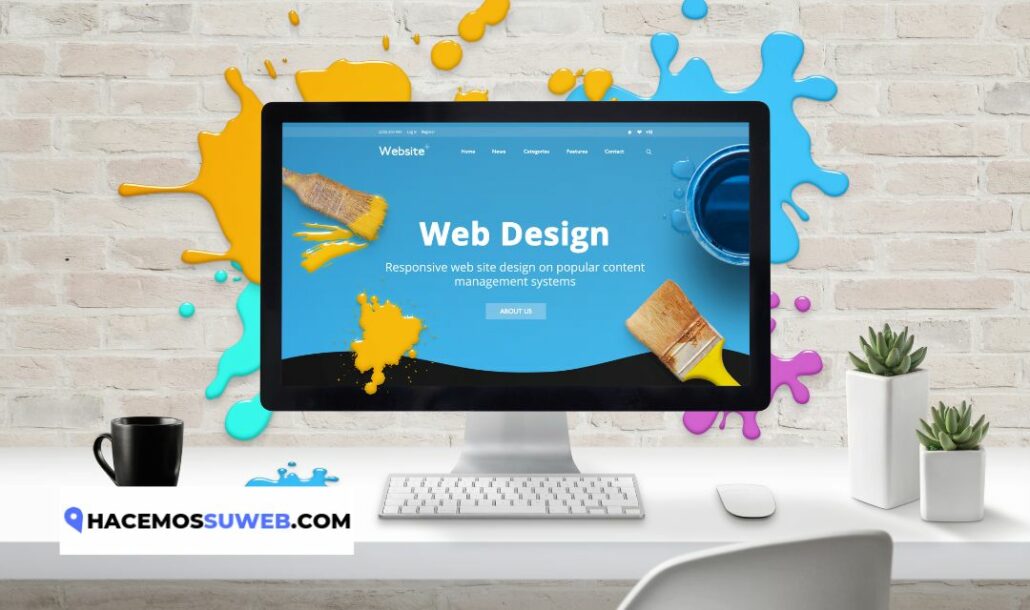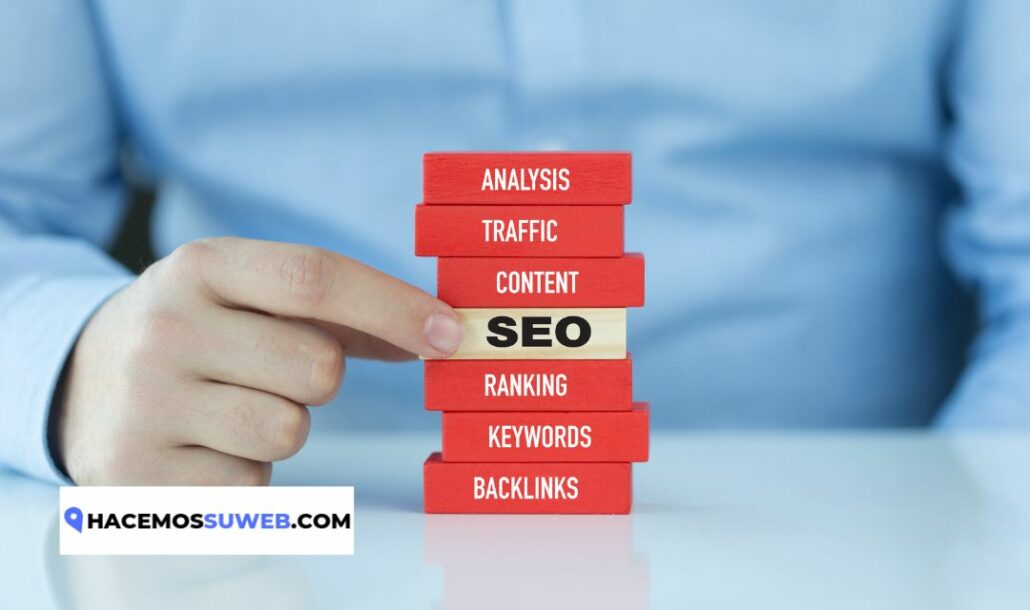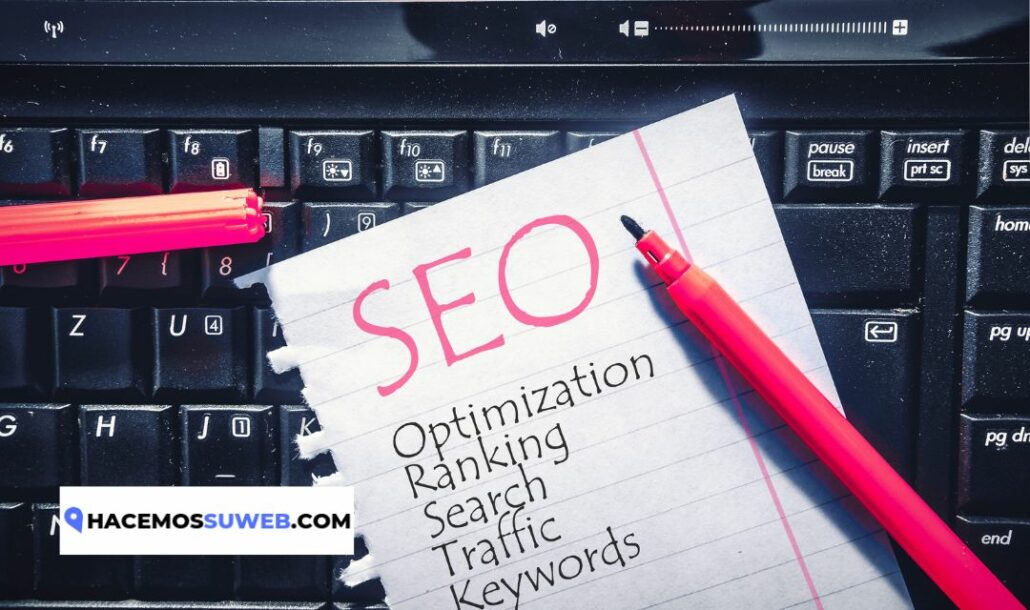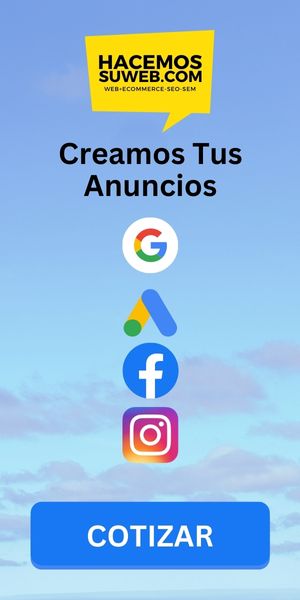In the dynamic landscape of the digital world, web page design plays a pivotal role in ensuring online success. Crafting a visually appealing and user-friendly website requires careful consideration of various elements. In this SEO guide, we’ll delve into the essential tips for designing web pages that not only captivate visitors but also rank well in search engines.

Understanding the Foundations: SEO Copywriting and Holistic SEO
1. SEO Copywriting and Holistic SEO
At the core of successful web page design is SEO copywriting, a powerful tool that helps you stand out in the competitive online space. Embracing holistic SEO principles involves building and maintaining an exceptional website. Google prioritizes high-quality, unique, and helpful content, making it crucial to focus on providing the best possible user experience.
2. What is SEO Copywriting?
SEO copywriting is the art of creating high-quality content that is carefully optimized for search engines while catering to the needs and interests of the target audience. It combines creativity with strategic optimization techniques to enhance online visibility, drive organic traffic, and boost revenue.
3. Holistic SEO
Holistic SEO is an interdisciplinary marketing strategy aimed at creating the best website in a niche market. It involves ensuring technical excellence, flawless user experience (UX), and comprehensive security measures. However, the content’s quality, appropriateness, and relevance to the target audience take precedence. This approach demands advanced SEO writing skills.
4. Write the Best Copy
Crafting the best copy for your website involves making it easy to read without compromising on SEO content quality. While not everyone possesses the writing talent of literary greats, training and dedication can lead to improved SEO copy.
5. SEO Copywriting in the Age of Generative AI
Generative AI, a powerful tool in the SEO landscape, can analyze keywords and optimize content. However, it’s essential to remember that human input is crucial for maintaining content quality, relevance, and brand alignment. Generative AI is a valuable guide but should be used responsibly, not as a fully automated content factory.
Before Writing: Always Start with Keyword Research
The foundation of SEO copywriting is keyword research. Before creating content, formulate a mission statement, make a list of relevant keywords, and consider search intent. Focus on creating landing pages that align with searcher intent, providing valuable information tailored to specific keywords.
1. Formulate a Mission Statement
Define what makes your website unique and develop a clear mission statement. Consider your niche, uniqueness, and the essence of your blog.
2. Make a List of Relevant Keywords
List the search terms (keywords) relevant to your niche and unique selling points. Dive into the minds of your audience to understand how they would search for your content.
3. Look at Search Intent
Identify the search intent behind keywords – informational, navigational, commercial, or transactional. Align your content with the identified intent, adapting your writing style accordingly.
4. Create Landing Pages for Searchers
Develop dedicated pages or blog posts optimized for specific keywords. Ensure easy navigation and create a page for every relevant keyword to enhance visibility.
Three Phases of Writing an Article

Phase 1: Preparing Your Text
Before writing, clarify the purpose of your article, determine the main message, understand your audience, gather necessary information, and plan the structure. Consider the purpose of your text and align it with user intent.
Text Structure
Set up a clear structure for your article. Mind-mapping techniques can help grasp topics and establish connections between different parts of your subject.
Generative AI Assistance
Generative AI can assist in automating content outlines, identifying key phrases and topics, providing content recommendations, offering writing assistance, and suggesting formatting and layout improvements.
Phase 2: Writing Your Text
Once prepared, begin writing. Focus on maintaining the flow and stick to the structure you established in the preparation phase. Ensure clear paragraphs and readability for an engaging user experience.
Writing Style Improvement
Read widely to develop an attractive writing style. Experiment with the inverted pyramid style for presenting key information upfront and consider storytelling to captivate your audience.
Take a Break
Recognize the intensity of SEO copywriting and take short breaks to maintain concentration and creativity.
Phase 3: Editing Your Text
After completing the first draft, enter the editing phase. Slowly read your article, focusing on sentences, paragraphs, and overall text structure. Seek feedback from colleagues and, if possible, from your target audience.
Editing Steps
- Read slowly (and out loud) to ensure grammatical correctness and flawless spelling.
- Focus on sentences, correcting awkward formulations and ensuring readability.
- Examine paragraph structure and logical order, using transition words for clarity.
- Check overall text structure, including headings and subheadings.
- Seek feedback from colleagues and target audience to refine your article further.
Crafting SEO-Optimized Content for Web Page Design Tips

Armed with a comprehensive understanding of SEO copywriting, holistic SEO, and effective writing phases, let’s create an SEO-optimized article for the keyword: «web page design tips.»
Web Page Design Tips: Elevate Your Online Presence
In the fast-paced digital landscape, your website’s design is a critical factor in captivating visitors and securing a prominent position in search engine results. To help you navigate the intricacies of web page design, we’ve compiled a comprehensive guide featuring valuable tips that marry aesthetic appeal with SEO excellence.
Understanding the Essentials of Web Page Design
- Responsive Design for All Devices:
Ensure your web page is optimized for various devices, including smartphones, tablets, and desktops. Responsive design enhances user experience and positively impacts search engine rankings. - Strategic Use of Colors and Typography:
Choose a color scheme aligned with your brand and emotions you want to evoke. Legible typography enhances readability, striking a balance between aesthetics and functionality. - Effective Call-to-Action (CTA):
Guide visitors through desired actions with clear and compelling CTAs. Strategically place CTAs to prompt user interaction, whether it’s making a purchase, subscribing, or exploring more content.
Prioritizing SEO Copywriting and Keyword Research
- Keyword Research:
Before crafting your content, conduct thorough keyword research. Formulate a mission statement, create a list of relevant keywords, and consider search intent to align your content with user expectations. - Informative and Engaging Content:
Craft content that is not only optimized for search engines but also informative and engaging for your audience. Address user queries and provide valuable insights related to your niche.
User Experience (UX) and Content Structure
- Optimize Loading Speed:
Users expect fast-loading pages, and search engines favor them. Optimize images, minimize HTTP requests, and leverage browser caching to enhance your web page’s loading speed. - Embrace White Space:
Avoid clutter by incorporating ample white space in your design. White space improves readability, highlights key elements, and contributes to a clean, sophisticated look. - Regularly Update and Maintain:
A stagnant web page can deter visitors. Keep your content fresh, update information, and ensure all features are functioning correctly. Regular maintenance contributes to a positive user experience.
Finalizing Your SEO-Optimized Web Page
- Quality Content is Key:
Your web page’s success hinges on high-quality content. Craft engaging, relevant, and well-presented content that aligns with your brand voice and resonates with your audience. - Test Across Browsers and Devices:
Perform thorough testing across various browsers and devices to identify and address compatibility issues. Ensuring a consistent experience for all users enhances the credibility of your web page.
By implementing these web page design tips, you’ll not only create a visually stunning website but also enhance its SEO performance. Remember, the marriage of aesthetic appeal and search engine optimization is the key to a successful online presence.
For more information about our web design services in Miami, visit HacemosSuWeb.






